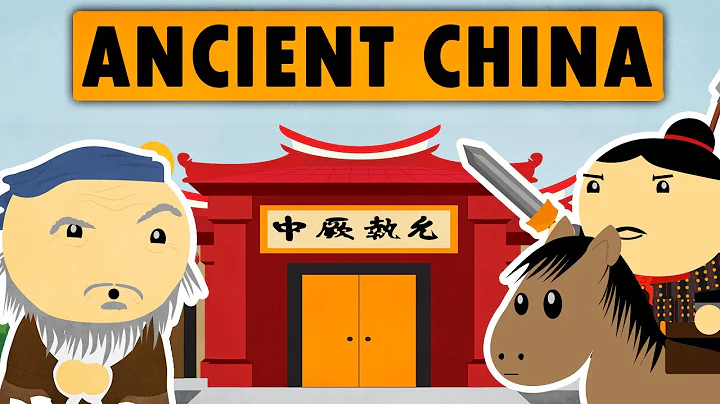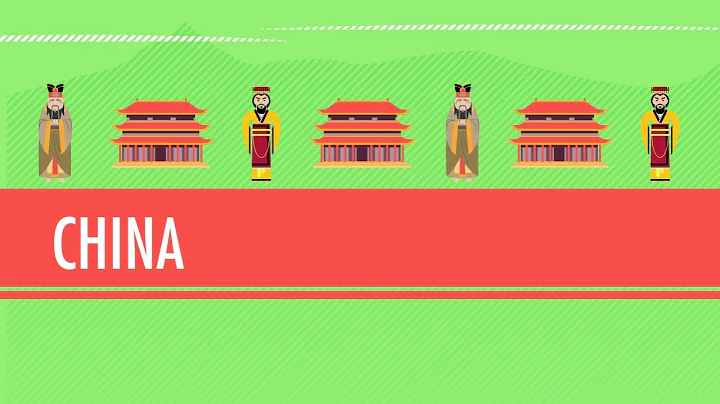The Qing Dynasty was the last feudal dynasty in my country, and it was also an era ruled by the Manchu . In the nearly three hundred years of the Qing Dynasty's history, there were many powerful Han ministers, but few Han princes.

In the Qing Dynasty, the prince belonged to the super-grade official rank, which was higher than the first-grade official rank and belonged to the king's rank.
Throughout history, Wangjue, as a title under the monarchy, generally has a status second only to the monarch of the entire country and higher than a duke. In the Wei and Jin Dynasties, Wangjue began to be established. In the Jin Dynasty, it was subdivided into princes and princes. .
At the beginning of the Han Dynasty, the princes and the emperor's brothers were crowned kings.
Starting from the Wei and Jin Dynasties, royal titles were divided into two categories: princes and county princes. Princes were designated to the princes and emperor's brothers; at first, the title of county prince was given to the son of the crown prince. Later, it was mostly used to entrust military ministers such as Jiedu envoys. Civil servants also had the title of county king. .

Customized by Emperor Yang of Sui Dynasty, the emperor's uncles, uncles, brothers and princes were the princes, while in the Tang Dynasty, the emperor's brothers and princes were the princes.
In the Qing Dynasty, generally only the royal family, specifically the emperor's son or brother, was eligible to be named a prince, and only a few princes or brothers were named princes. The others could only be named princes, beile, and beizi.
For ministers who are not members of the royal family, the highest title is duke. For ministers like and Shen, who are highly respected ministers, the highest title is only first-class loyal minister, which still belongs to the duke. Because he is not a member of the royal family, he can never be crowned king.

In the Qing Dynasty, there were very few non-royal Han people who were crowned kings. There were six Han princes in the entire Qing Dynasty. Even famous officials in the late Qing Dynasty such as Zeng Guofan and Li Hongzhang did not receive such treatment. Five of them were canonized as an exception because in the early Qing Dynasty, in order to win over the Han people, the imperial court recruited Ming Dynasty generals to be demoted so that they could take over the Central Plains as soon as possible. Later, Qianlong granted another Han prince a title.
These six Han kings are:
1, Wu Sangui ( Pingxi King )
Wu Sangui was originally the general soldier of Liaodong in the Ming Dynasty, guarding Shanhaiguan. At the end of the Ming Dynasty, the switch was reduced to the Qing Dynasty, and he defeated Li Zicheng in the battle between Shanhaiguan and . After the Manchu and Qing Dynasty established their capital in Beijing, Wu Sangui was granted the title of King of Pingxi. After that, he led his army southward to wipe out the anti-Qing forces in various places, and was appointed by the Qing government to guard Yunnan. After the "San Francisco Rebellion", he proclaimed himself emperor for about 6 months.

2, Shang Kexi ( Pingnan King )
Kong Youde was originally the general of Pingliao Mao Wenlong . After Mao Wenlong's death, he defected to Sun Yuanhua, the governor of Denglai, and later surrendered to the Manchu Qing Dynasty. He was named the King of Submissiveness. Expedition to Korea, Jinzhou , Songshan and other places. After entering the customs, he followed Prince of Henan Duduo to pursue the peasant uprising army and suppress the anti-Qing struggle in various places in the south of the Yangtze River. In the sixth year of Shunzhi (1649), the Qing court renamed Kong Youde the King of Dingnan and asked him to open a vassal and establish a government to guard Guangxi.

3, Geng Zhongming (King of Jingnan)
Geng Zhongming was originally a general under Mao Wenlong. After Mao Wenlong's death, he and Kong Youde defected to Sun Yuanhua. Later, they mutinied together and surrendered to the Qing Dynasty, and were named King Huaishun. In 1644, he entered the pass with the Qing troops and led the army to suppress the anti-Qing forces. In the sixth year of Shunzhi (1649), the Qing government changed the title of Geng Zhongming to the title of King of Jingnan.

4, Kong Youde (King of Dingnan)
is still good, and he was originally a general under Mao Wenlong. Because he was framed by the new commander-in-chief Shen Shikui , he surrendered in anger and was named King Zhishun. In the first year of Shunzhi, he entered the Pass with the Qing army and suppressed the anti-Qing forces in various places. In the sixth year of Shunzhi (1649), the Qing government changed the title of Shang Kexi to King Pingnan.

5, Sun Kewang (King of Yi)
Sun Kewang was originally the main general in Zhang Xianzhong's uprising army in the late Ming Dynasty. After Zhang Xianzhong's death, Sun Kewang, Li Dingguo and others led the rest of the Daxi Army to switch to the Nanming Yongli regime. Later, because they were dissatisfied with the rule of the Ming Dynasty, they defected to the Qing Dynasty and were named King Yi.
6, Zhu Shunchang (Yingshui King)
Zhu Shunchang, the first number one scholar in Yiweike in the 40th year of Qianlong's reign (1775), was also the only number one scholar with the surname Zhu in China's thousand-year imperial examination history. He was later named Yingshui King by Emperor Qianlong, and Yingshui King Seal It is the best testimony of that era.





















